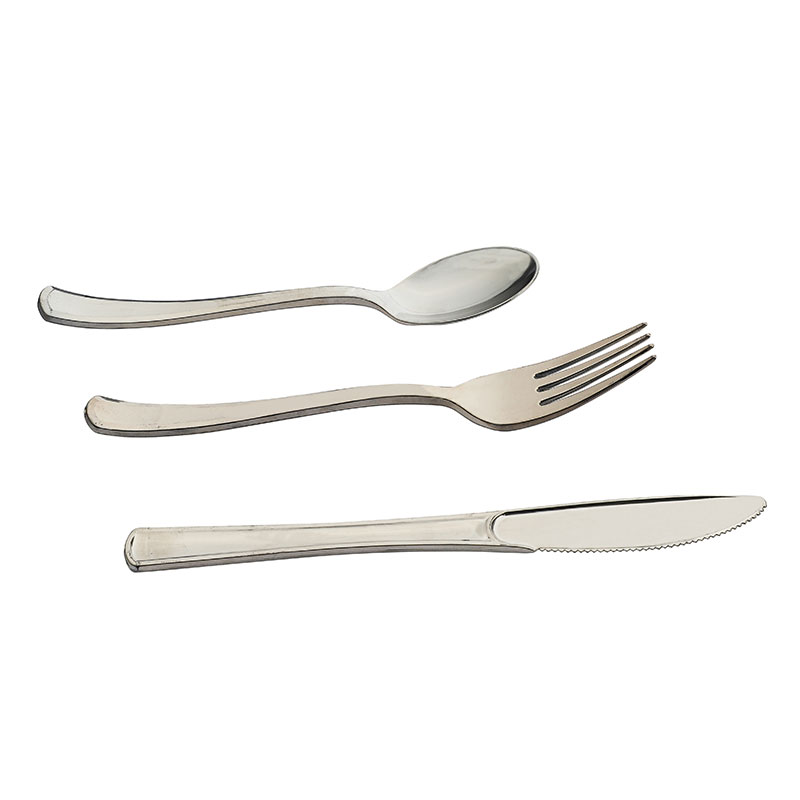Plastic Cutlery: Convenience, Concerns, and the Shift Toward Sustainability
2025-06-06
Plastic cutlery—disposable knives, forks, and spoons—has become a common sight at picnics, parties, takeout meals, and office cafeterias. Lightweight, low-cost, and easy to use, plastic cutlery offers unbeatable convenience. However, in recent years, growing environmental concerns have sparked global conversations about the future of single-use plastics, including disposable utensils.

In this blog post, we’ll explore the advantages of plastic cutlery, its environmental impact, and how both consumers and manufacturers are adapting through more sustainable choices.
Why Plastic Cutlery Became Popular
Plastic cutlery became widely used in the mid-20th century due to its practicality and affordability. Its key benefits include:
Lightweight and Portable
Ideal for travel, camping, and on-the-go meals.
Hygienic
Single-use design helps prevent the spread of germs.
Cost-Effective
Inexpensive to manufacture and distribute in bulk.
No Cleaning Required
Saves time and effort in large gatherings or catering events.
For decades, plastic utensils have been the go-to option for restaurants, fast-food chains, airlines, and schools.
The Environmental Concerns
Despite their convenience, traditional plastic cutlery comes with significant environmental downsides:
Non-Biodegradable
Made from petroleum-based plastics like polystyrene or polypropylene, they can take hundreds of years to break down in landfills.
Not Easily Recyclable
Due to their small size and food contamination, plastic utensils are often not accepted in curbside recycling programs.
Marine Pollution
They are among the top items found in ocean cleanups, posing a serious threat to marine life.
These issues have led many countries and cities to introduce regulations limiting or banning single-use plastic utensils.
The Rise of Eco-Friendly Alternatives
To address environmental concerns, many businesses and consumers are turning to more sustainable options:
1. Compostable Cutlery
Made from materials like cornstarch, PLA (polylactic acid), or sugarcane fiber. These break down in industrial composting facilities.
2. Biodegradable Plastic
Some new plastics are engineered to decompose more quickly in natural environments, although performance varies.
3. Reusable Cutlery
Durable utensils made from stainless steel, bamboo, or wheat straw offer long-term use and reduce waste.
4. Wooden Utensils
Aesthetic, renewable, and naturally biodegradable—wooden forks and knives are popular for eco-conscious events.
What Businesses Can Do
Restaurants, caterers, and packaging suppliers can play a major role in reducing plastic waste by:
Offering cutlery only upon request
Providing eco-friendly options as the default
Educating customers about proper disposal methods
Partnering with composting facilities or recycling programs
These small steps can make a big impact when adopted on a wide scale.
Final Thoughts
Plastic cutlery has long served its purpose as a convenient dining solution, but its environmental footprint has become impossible to ignore. As awareness grows and sustainable alternatives become more accessible, the shift toward eco-friendlier utensils is accelerating.
Whether you're planning a party, running a food business, or ordering takeout, consider the impact of your choices. Swapping out traditional plastic cutlery for greener options is a simple yet meaningful way to support a healthier planet.


